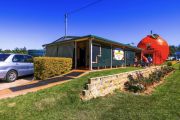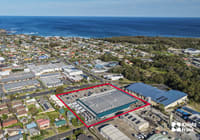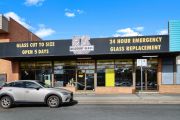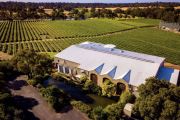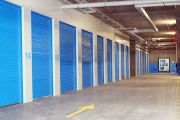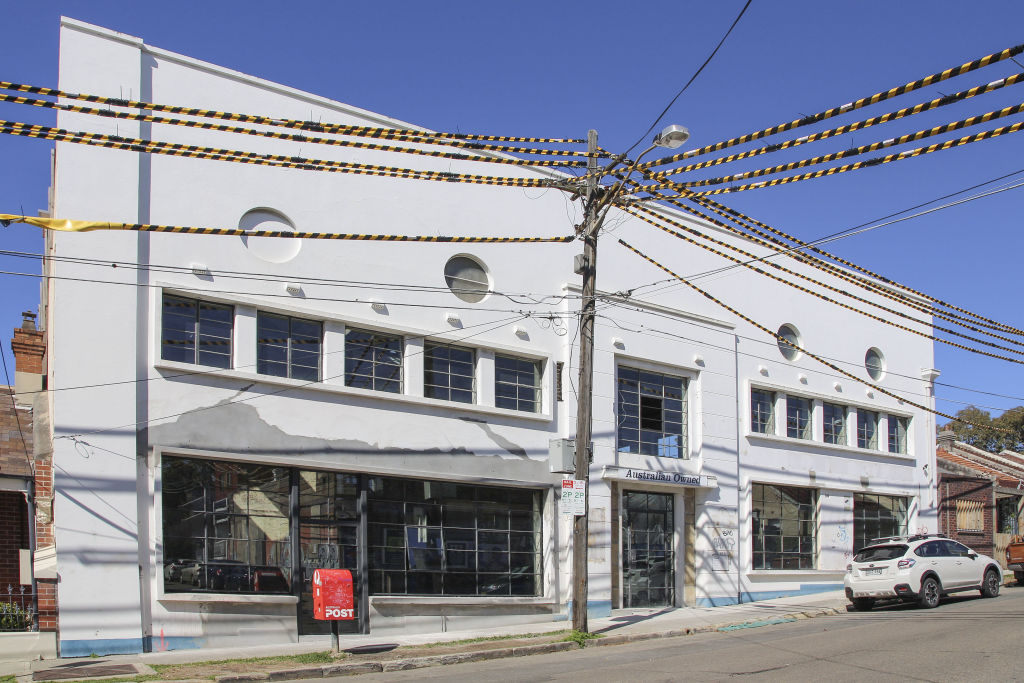
Former Dairy Bell ice-cream factory in Sydney's Camperdown for lease as office space
After long playing second fiddle to other inner-city areas, the inner-west suburb of Camperdown is now being touted as the next hub for creative tenants looking for more affordable offices on Sydney’s CBD fringe.
Businesses that want the character and space of a converted warehouse have traditionally looked in Surry Hills, Darlinghurst and, more recently, Chippendale. But the unprecedented demand for commercial space in these suburbs is forcing them to look elsewhere.
Camperdown has a plethora of old warehouse buildings, many of which had been converted into apartments. Now, they are being renovated to take advantage of the booming office market, and the suburb is having a renaissance as a business destination.
“Places like Surry Hills have obviously taken the mantle for being so popular – that’s where everyone starts [to look] – but with recent rates starting at $1000 a square metre it’s becoming prohibitive,” said Shannan Whitney, of Bresic Whitney, who is currently handling the leasing campaign for the former Dairy Bell factory at 44-50 Australia Street in Camperdown that would have a rate of $600 to $650 a square metre.
The building – which was purchased by developer and prominent Sydney businessman Theo Onisforou for $5.75 million in 2015 – has been transformed into a stripped-back warehouse space of 1400 square metres and is currently being pitched at prospective office tenants looking to have input on the building’s final fitout.
“We think this is a building that represents a real shift for Camperdown,” Mr Whitney said, adding that he anticipates a future surge in demand for office space in the suburb.
“I think that the appeal with something like this is the quality and purity of a freestanding industrial warehouse. It’s hard to find something with this scale and size and also with the purity of all the historical features not just intact but really celebrated. For us, we feel this is a very good example of a great inner-city warehouse building of this size. They’re not easy to locate.”
Mr Whitney said that it was too early in the campaign to say what type of tenants would be drawn to the warehouse, but agreed that it would likely prove popular with those working in creative industries.
The building, which served as a manufacturing plant for Dairy Bell ice cream until its closure in 2015, was briefly owned by developer Little Projects, which paid $4.3 million before it was sold to Mr Onisforou.
The new tenant will be able to plan the final fit-out in conjunction with the landlord.
“The owner has probably, quite strategically and cleverly, intervened as much as I think we need to. Essentially we’ve brought the carcass of the space into what we think is the right form without taking it too far. It’s enough to leave the user with enough scope to make it their own,” Mr Whitney said.
The length of the lease term is “as long as we can get,” according to Mr Whitney, who said that the landlord was willing to negotiate the length of the lease with potential tenants.
He added that any new tenant would enjoy the stability of a landlord who is known as a “buyer and not a seller”.
The Dairy Bell building is just down the road from another prominent warehouse at 4-8 Australia Street, which is being offered to the market as three separate tenancies, after selling earlier this year for $12 million.
Agent Tom Williams, of Karbon Property, said that the prospect of cheaper rents was luring tenants to Camperdown.
“Quite a few tenants are showing interest in that precinct in search of cheaper rents. We’re offering 300 square metres up to 1800 square metres [in that area], and all of the prospective tenants are within that creative industry. It’s a market that a few years ago people weren’t looking favourably on, but now it’s really popular, and we are getting interest from tenants who were looking at Surry Hills, Redfern and Darlinghurst.”
Mr Williams said that other markets benefiting from the spillover from Surry Hills included Ultimo and Glebe.
“Once tenants overcome that initial geographic barrier they see the value that is on offer,” he said.
The three properties have been renovated since changing hands and are currently being offered with vacant possession.
Although there is the potential for one tenant to lease all three offices in one line, Mr Williams said that the majority of demand thus far had been for smaller spaces.
“The interest we’re getting is around that $600 to 650 per square metre gross mark,” he said.
